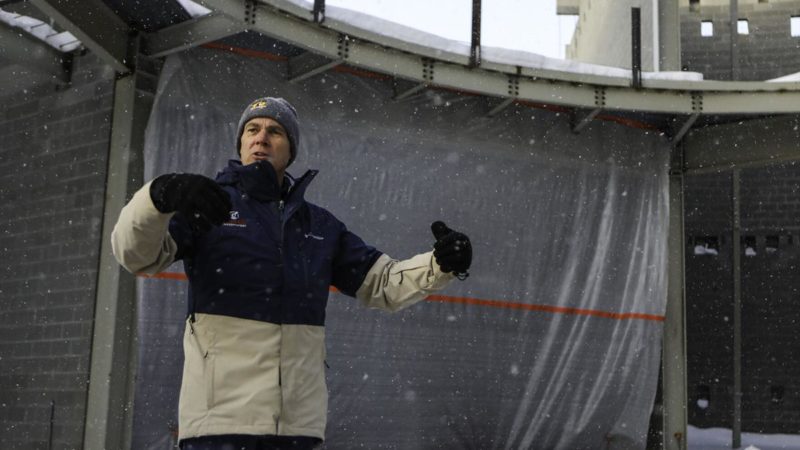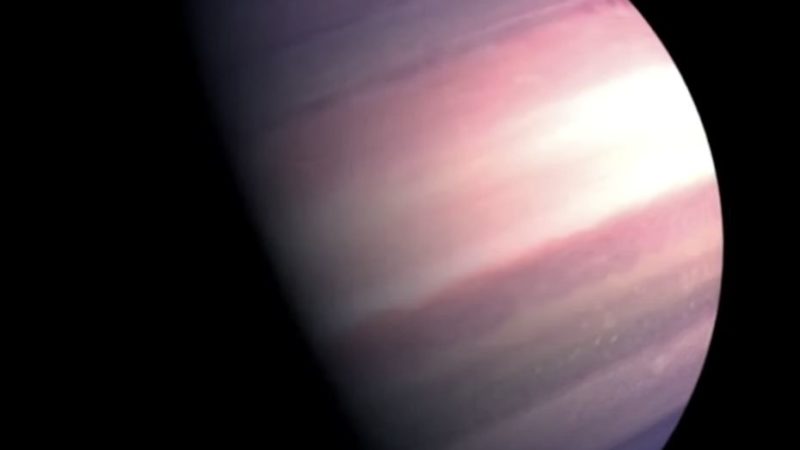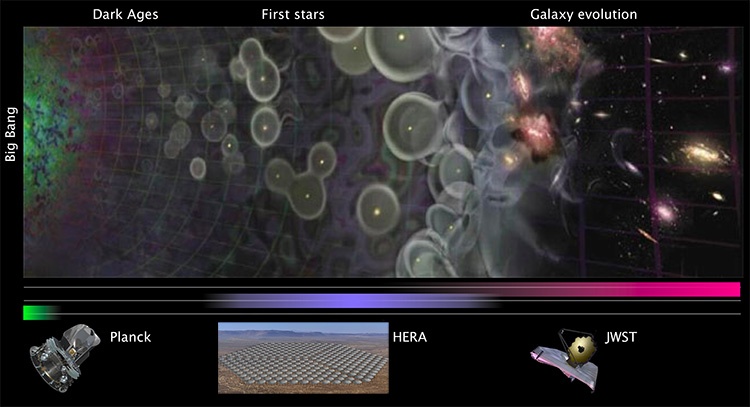Hubble Space Telescope Sees NGC 3432: Edge-On and Distorted | Astronomy – Sci-News.com
The NASA/ESA Hubble Space Telescope has captured a striking new photo of the edge-on spiral galaxy NGC 3432.

This Hubble image shows the edge-on distorted spiral galaxy NGC 3432. The color image was made from separate exposures taken in the visible region of the spectrum with Hubble’s Advanced Camera for Surveys (ACS). Two filters were used to sample various wavelengths. The color results from assigning different hues to each monochromatic image associated with an individual filter. Image credit: NASA / ESA / Hubble / A. Filippenko / R. Jansen.
Visible in the constellation of Leo Minor, NGC 3432 is located some 45 million light-years away from Earth.
Also known as LEDA 32643 and UGC 5986, the galaxy was discovered by British astronomer William Herschel on March 19, 1787.
Its distinctive shape is due to the ongoing gravitational interaction with UGC 5983, a dwarf galaxy to the southwest of NGC 3432.
The interacting duo is included in Arp’s catalogue with the label Arp 206.
“It turns out that we see NGC 3432 orientated directly edge-on to us from our vantage point here on Earth,” Hubble astronomers said.
“The galaxy’s spiral arms and bright core are hidden, and we instead see the thin strip of its very outer reaches.”
“Dark bands of cosmic dust, patches of varying brightness, and pink regions of star formation help with making out the true shape of NGC 3432 — but it’s still somewhat of a challenge!”
“Because observatories such as Hubble have seen spiral galaxies at every kind of orientation, we can tell when we happen to have caught one from the side.”
In May 2000, an unusual and very luminous stellar explosion, named SN 2000ch, was spotted in NGC 3432 by astronomers from the Lick Observatory Supernova Search.
Initially thought to be a nova in the Milky Way, the event was later reclassified as a Type II supernova.
Unexpectedly, SN 2000ch reappeared several times in the 2000s, showing that the object was not a supernova at all, but the so-called luminous blue variable — an evolved, supermassive star that shows unpredictable and drastic changes in both spectrum and brightness.





